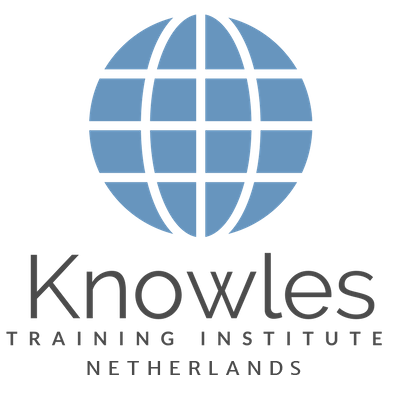Skip to content
VisualizationIntern1bksiuevej76kHhK2023-07-18T17:42:45+08:00
Visualization
The Science of Visualization for Improving Memory and Recall with Mental Imagery.
- Exploring Cognitive Encoding: The act of visualization engages the brain’s cognitive encoding, enabling individuals to mentally construct visual images that are connected to the information they seek to remember. This process improves memory by forming stronger neural associations and connections.
- The Power of Dual Coding: Visualization harnesses the potential of visual and verbal coding, resulting in a dual coding effect that boosts memory performance. By fusing mental imagery with relevant verbal information, individuals gain access to multiple retrieval cues, thereby enhancing recall.
- Unleashing Vividness and Detail: By engaging in visualization, individuals can construct vibrant and detailed mental images. The extent of detail and sensory richness infused into these visualizations enhances the memorability of the information, as the brain effortlessly retrieves and reconstructs the visualized scenes.
- Strategies for Spatial Relationships: By engaging in visualization, individuals can create spatial relationships among different elements of information. By mentally organizing objects or concepts in specific arrangements or locations, a cognitive map is formed, which supports recall and enhances comprehension.
- Unleashing Emotional Management: By engaging in visualization, individuals can evoke emotions that contribute to improved memory formation and retention. Visualizing emotionally charged scenes or assigning emotional value to the information helps create stronger memory traces.
- Mental Rehearsal in Performance Arts: By utilizing visualization, individuals can partake in mental rehearsal, mentally simulating themselves performing a task or recalling specific information. This cognitive exercise enhances memory and prepares the brain for better performance during the retrieval of the information.
- Unleashing Association with Familiar Concepts: By engaging in visualization, individuals can associate new information with familiar concepts or images. This connection of the new information to preexisting knowledge or personal experiences leads to the formation of stronger memory links, enhancing recall.
- Storytelling for Seeing is Believing: By incorporating visualization into storytelling, information can be conveyed through a narrative or a sequence of events. This narrative visualization technique assists in constructing a cohesive and memorable framework for recall and retention.
- Mind Place Technique for Embracing the Visual Imagination: The mind palace technique utilizes visualization, as individuals mentally picture themselves moving through a familiar location and associating information with distinct areas. This approach improves memory by leveraging spatial visualization and establishing powerful mental associations.
- Mental Imagery for Learning for Creating Visual Connections: By using visualization as a deliberate learning strategy, individuals can intentionally visualize concepts, processes, or ideas during their study sessions. This purposeful practice enhances memory encoding and aids in better recall during exams or real-life applications.
Page load link


